“People who expose fraud are often ostracized and harassed and may find themselves fired or blacklisted. They have stress-related health problems, including shingles, psoriasis, autoimmune disorders, panic attacks, asthma, insomnia, temporomandibular joint disorder, migraine headaches, and generalized anxiety.” Christie examines why whistleblowers do it anyway.
Cassie explains why people run marathons when they don’t even like running.
“At no other time in the history of science was there a single point at which a whole field could potentially come to a screeching halt”: Ann gives us a preview of Particle Fever, the Higgs movie.
Jessa welcomes Aeon to the science writing world. The world needs more tilling.
“Back then, after all, dinosaurs were amazing, but so were the school bus and the toilet.” Michelle rediscovers dinosaurs, and finds they’re even cooler now than they were when she was five.
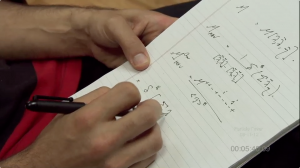
 Publications are funny creatures. I’ve worked for quite a few, mostly magazines, and each has had its own personality, its style of groupthink. Unlike a traditionally-structured corporation, its collective identity and mandate is vague, shifting as the names change and migrate upward on the masthead.
Publications are funny creatures. I’ve worked for quite a few, mostly magazines, and each has had its own personality, its style of groupthink. Unlike a traditionally-structured corporation, its collective identity and mandate is vague, shifting as the names change and migrate upward on the masthead.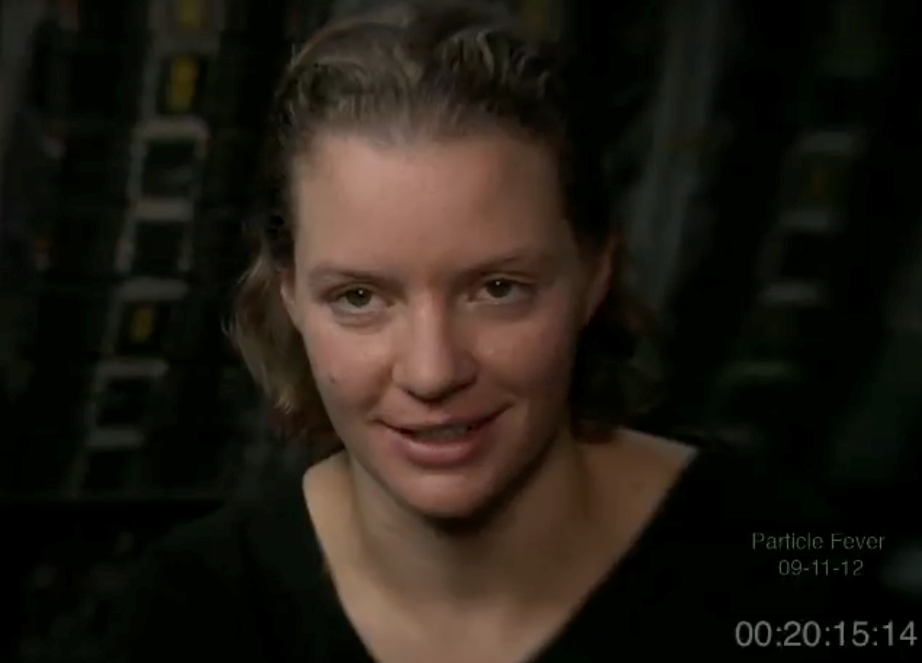
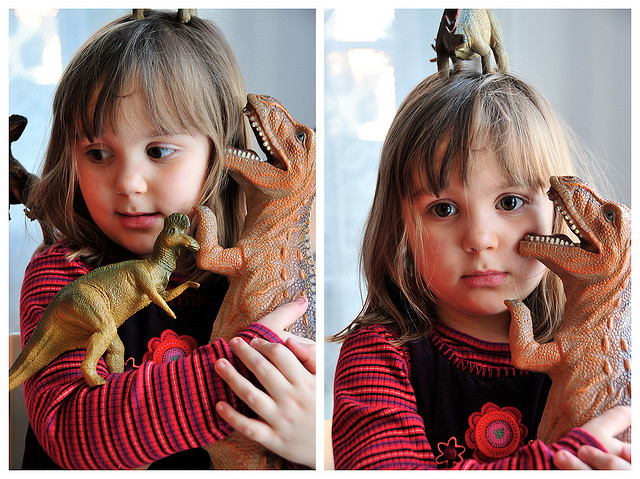
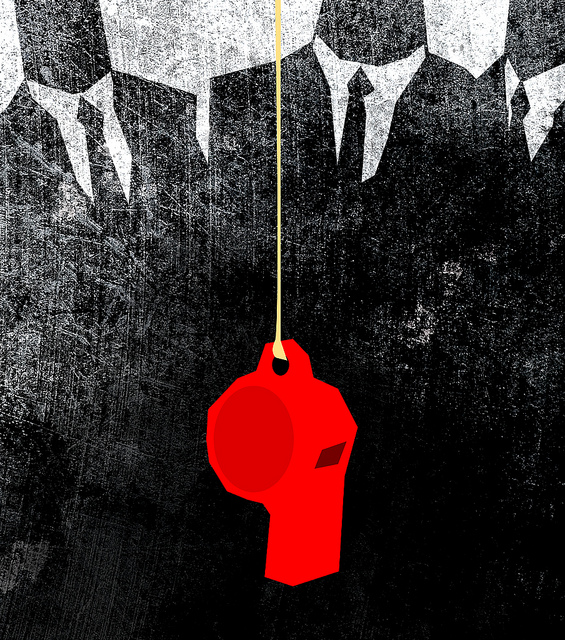

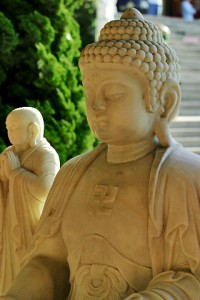
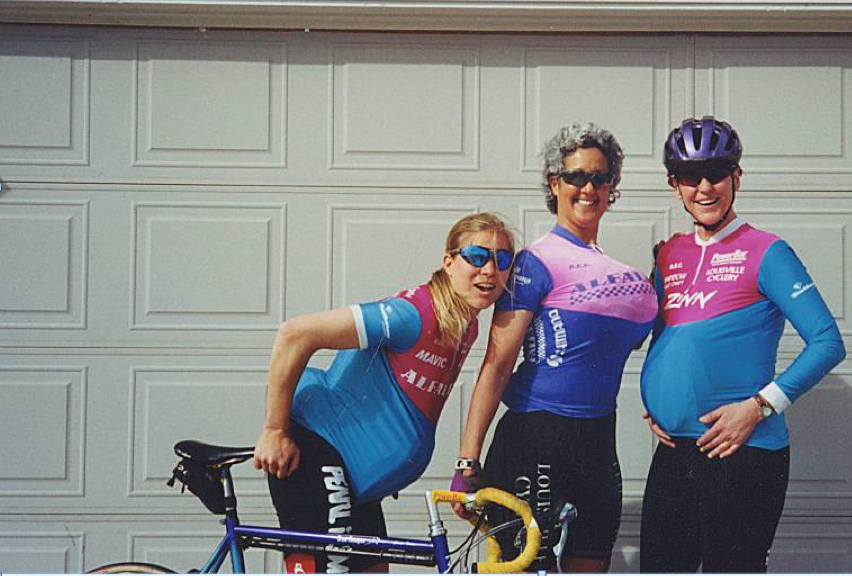 In the photo, Karen is smiling. We’re clowning around, engulfed in a spring day with nowhere to be but out on our bikes. Breast cancer has already pushed its way into Karen’s life, but the demon is on hiatus, and she has gleefully stuffed her bra to announce that cancer can take her breasts but never her sense of humor.
In the photo, Karen is smiling. We’re clowning around, engulfed in a spring day with nowhere to be but out on our bikes. Breast cancer has already pushed its way into Karen’s life, but the demon is on hiatus, and she has gleefully stuffed her bra to announce that cancer can take her breasts but never her sense of humor.